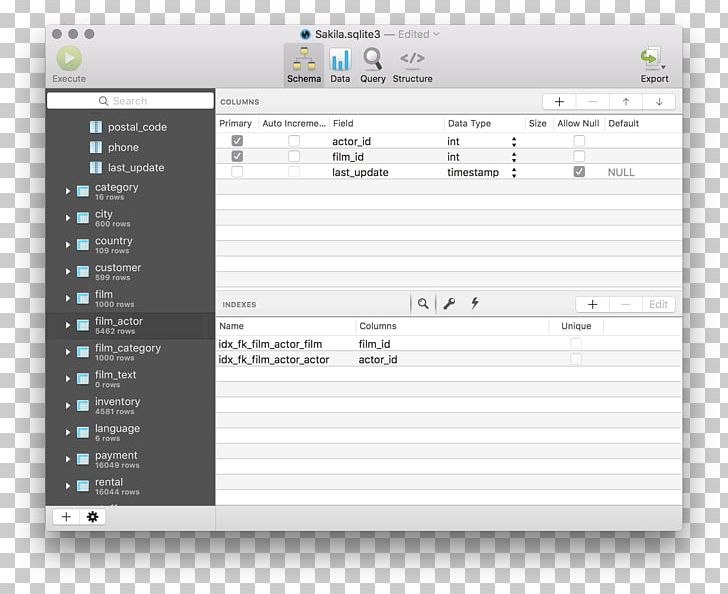

You may want to read both if you aren’t familiar with the concepts. Also, we use recyclerview to display lists, as also discussed previously. Although with my use case, I use most features of SQL, thus pros are probably didnt than yours. There are some pros and cons one has to consider. Older versions of Chrome stored archived Website Visits in a separate ' Archived History ' SQLite database, within the ' visits ' table. If you check out my game, GearCity, the entire data structure is stored and sometimes used inside an in-memory SQLite database. Associated URL information is stored within the ' urls ' table.
Where is sqlite database stored android#
If you are not familiar with the concept, check out my previous article discussing Android data binding. Chrome Website Visits are stored in the ' History ' SQLite database, within the ' visits ' table. Regular readers of this series will notice that we’ve recently begun using the Android data binding techniques for tutorials. To read more about SQLite databases, visit the SQLite web site. An exciting tidbit of information is that SQLite is the most used database engine in the world, and quite possibly the most widely deployed software ever. In fact, in Android, device contacts, and media are stored and referenced using SQLite databases. SQLite is native to both Android and iOS, and every app can create and use an SQLite database if they so desire. What this means is that you can bundle a SQLite database with your application, and get access to all the power of a relational database within your application. Rather, it is embedded into the end program. It implements most of the SQL standard, but unlike the four database engines mentioned above, it is not a client-server database engine. SQLite is a relational database management system, similar to Oracle, MySQL, PostgreSQL and SQL Server.
Where is sqlite database stored how to#
In this tutorial, I delve into how to use an SQLite database in more detail. However, due to article length constraints, I could not adequately cover creating and using an SQLite database for data persistence.

The cachesize setting does not limit (has no effect on) the size of the database in memory. I recently published a tutorial describing the different available methods to store data locally in an Android app. A database ':memory:' exists only in the process virtual private address space and is never stored on disk (except, of course, that virtual memory may in fact live in the swap file when a page is not mapped into V:R address space).


 0 kommentar(er)
0 kommentar(er)
